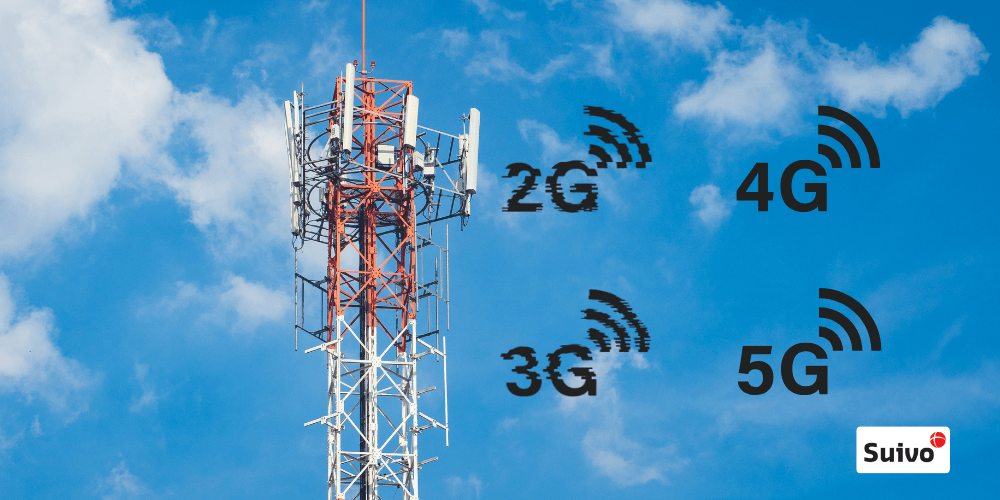Phasing Out 2G and 3G
Telecom providers are actively phasing out 2G and 3G, the technologies that once formed the backbone of our mobile communication. But what does this mean for you? Why are 4G and 5G now taking center stage, and what are the differences? Discover how this evolution impacts your operations and how to stay prepared in an increasingly fast-paced digital world.
What Does 2G and 3G Mean?
2G (second generation) and 3G (third generation) are mobile network technologies that laid the foundation for the wireless communication we rely on today.
- 2G, introduced in the 1990s, enabled digital voice calls and SMS messaging.
- 3G brought mobile internet to life, paving the way for video calls, email, and web browsing on phones.
While these technologies were groundbreaking in their time, the world of mobile networks is constantly evolving, leading to their planned obsolescence.
Why Are 2G and 3G Being Phased Out?
The phase-out of 2G and 3G is driven by their technological limitations, which can no longer meet the demands of modern communication. Telecom operators aim to repurpose the frequency bands currently used by 2G and 3G for faster and more efficient technologies like 4G and 5G.
This transition allows providers to deliver:
- Improved coverage
- Higher speeds
- More reliable services
Potential Impact on Your Devices
Affected Devices
- Mobile devices and black boxes reliant on 2G/3G may face disruptions and reduced reliability starting in 2025, with full phase-outs in some EU countries by the end of 2025.
Unaffected Devices
- Devices using 4G/5G LTE-M with 2G/GPRS backup will lose only the backup option.
Recommendation:
Switch to 4G/5G-compatible hardware to maintain uninterrupted data communication, especially for devices manufactured before November 2019.
Consequences of the Phase-Out
The discontinuation of 2G and 3G means that devices relying solely on these networks will no longer connect. This could affect:
- Older mobile phones: Unable to make calls, send texts, or access the internet.
- IoT devices: Such as trackers, black boxes, and systems dependent on 2G/3G connectivity.
Action Step:
Verify if your devices are compatible with 4G or 5G to ensure service continuity.
What does 4G and 5G mean?
4G (fourth generation) and 5G (fifth generation) are the latest advancements in mobile network technology.
- 4G delivers fast downloads, greater bandwidth, and supports applications like video streaming and cloud services.
- 5G builds on this with:
- Unprecedented speeds
- Ultra-low latency
- Support for significantly more connected devices
Benefits of 4G and 5G
Upgrading to 4G and 5G offers future-ready technologies:
- Faster Speeds: Download and upload at unprecedented rates.
- Improved Reliability: Reduced disruptions, even in crowded areas.
- Enhanced Connectivity: Ideal for IoT solutions like smart sensors and trackers.
For businesses relying on connected devices, 4G and 5G open up new possibilities.
By embracing these advancements, you can position yourself to thrive in a rapidly evolving digital landscape.
Still got some unanswered questions? Feel free to contact us and we’ll sort things out.





